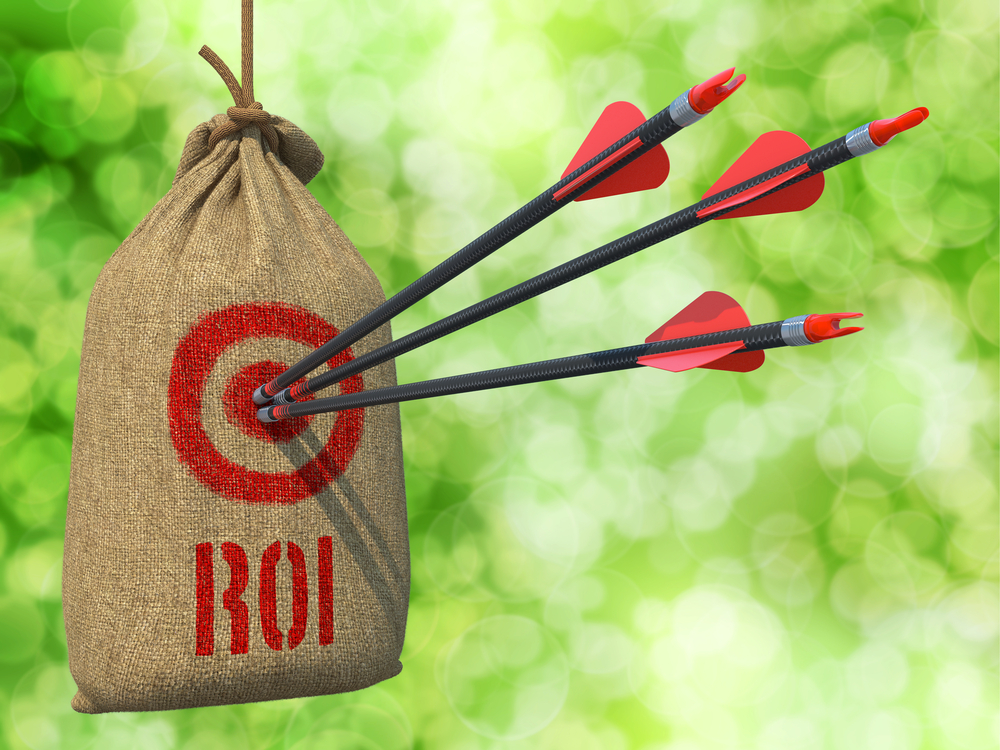How to Get Your Ads to Create Actual Cash

Do you want to print real money?
As a kid I used to dream about finding money in a cupboard in the kitchen. But every time I woke up and looked, there was no cash. Turns out just hoping for wonga doesn't work...
But you can use advertising to print real money, if you target ROI (Return on Investment) by setting yourself a target ROI, rather than a ROAS, as Google wants you to do.
We've been doing Google Ads and other performance channels for nearly 20 years. When we started out, we didn't have a lot of money, so we used Google to create cash to spend. Want to find out how? Read on.



What's the difference between ROAS and ROI?
ROAS is 'Return on Ad Spend'. ROI is 'Return on Investment'. You might think they are the same, but there is one major difference, and it's a big one. Profit.
The ROAS calculation just tells you the revenue you have created, the ROI calculation tells you the gross profit you have made. It's this profit that is the step to real cash you can 'print'.
Take a look at the table below.
The ROAS is identical at 400%, as it is just working out the value of the product you sold, and dividing it by the amount you spent on ads.
We have used a different profit margin for each example. If you use ROAS as your metric without looking at your ROI, you are letting Google drive the profitability of your campaigns. If your margin is fixed, you might be absolutely fine with that. More leads at an acceptable margin.
But the chances are that your margin will vary by the product category in your e-commerce site, by the different services you provide, by month, by the conversion rate of the salesperson the lead went to. There are many, many variables and your business is unique, right?
The second example creates £70k more Gross Profit. Guess your going to want more of that business? Imagine if example A was 'online sales campaign' and example B was 'online leads campaign' for the same business. The leads were creating more margin as the sales team were selling the best product for the business, which had a much higher margin.
Where would you invest your own money now that you know the different margins? It's a no-brainer.

Know your ROI and set a Target ROI
The first step is to know your ROI. If you're not monitoring it yet, start. Right now.
You might have to estimate it based on average conversion rates or by product type, or you might have a super-sophisticated system already in place.
By setting a realistic target ROI and monitoring it effectively, you can create actual cash to spend.
After your gross profit, you still have to consider net profit. Net profit comes after the rest of the business costs are taken into account, or a proportion of them. Did you create more delivery costs? If you're unsure, work with your finance team. and remember that an ROI of 100% is just getting back the money you spent on ads with no profit.
As long as you're not spending £70k extra on the rest of your cost base, and you get paid pretty quickly, you've created cash to spend. Happy, happy, happy!

Why Does This Matter in Advertising?
For us, this is the way performance marketing should work. Period. Your role in a marketing team is to create value for the business. For 99% of businesses, that means profit. Don't let the unicorns fool you, it's not always about crazy numbers and buying business at any cost.
Marketing as a function should create huge value. When your advertising is in sync with the rest of the business operations, you create a feel-good factor that spreads through your business.
Targeting ROI can create cash or you to spend on more users which means even more cash to spend on more users.
That's why it's so important to choose the right metrics and KPIs, track and use them well and get Google, Facebook and TikTok working for you, not the other way round.
Sign Up For Free Tips and Expert Advice



